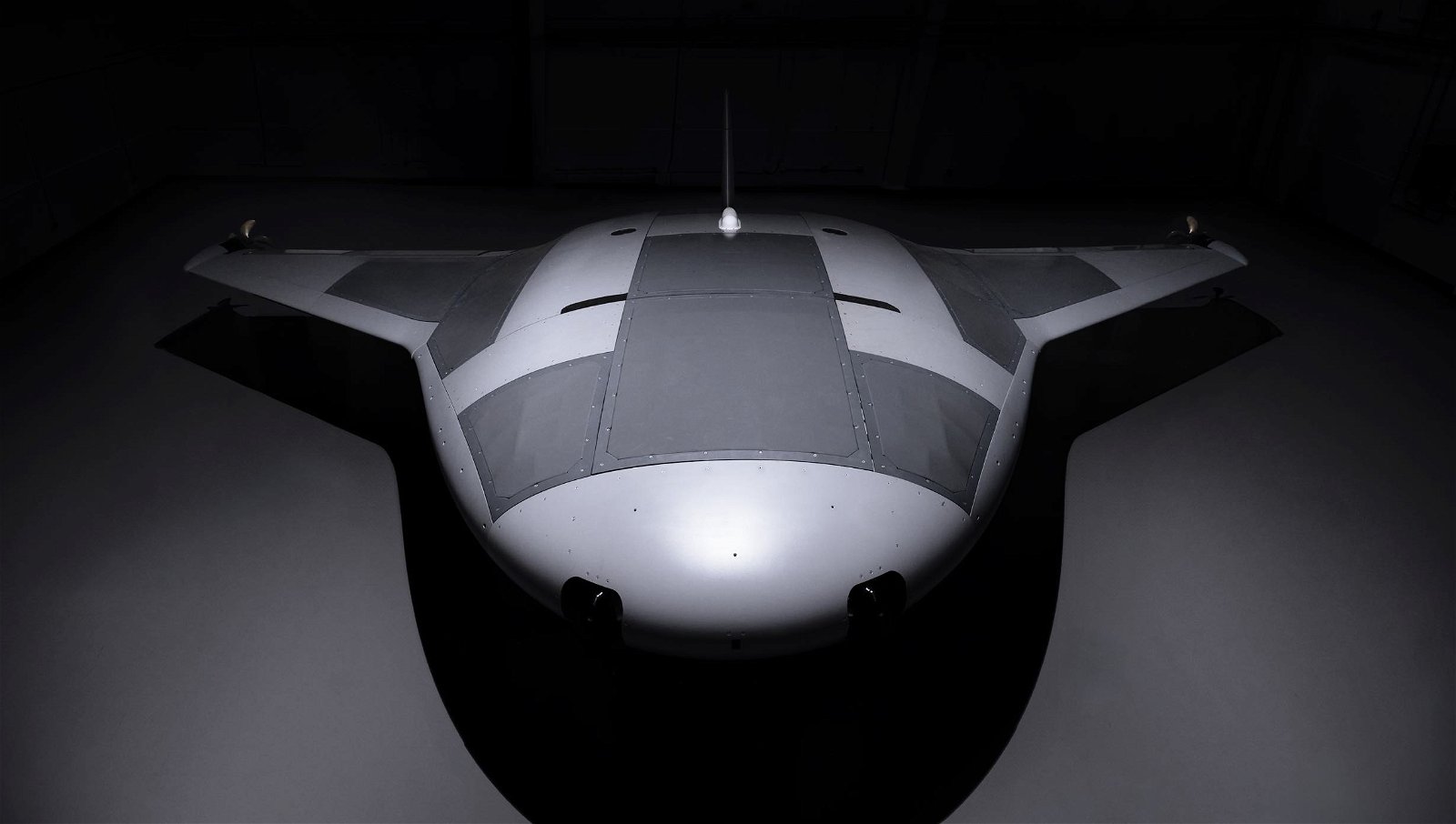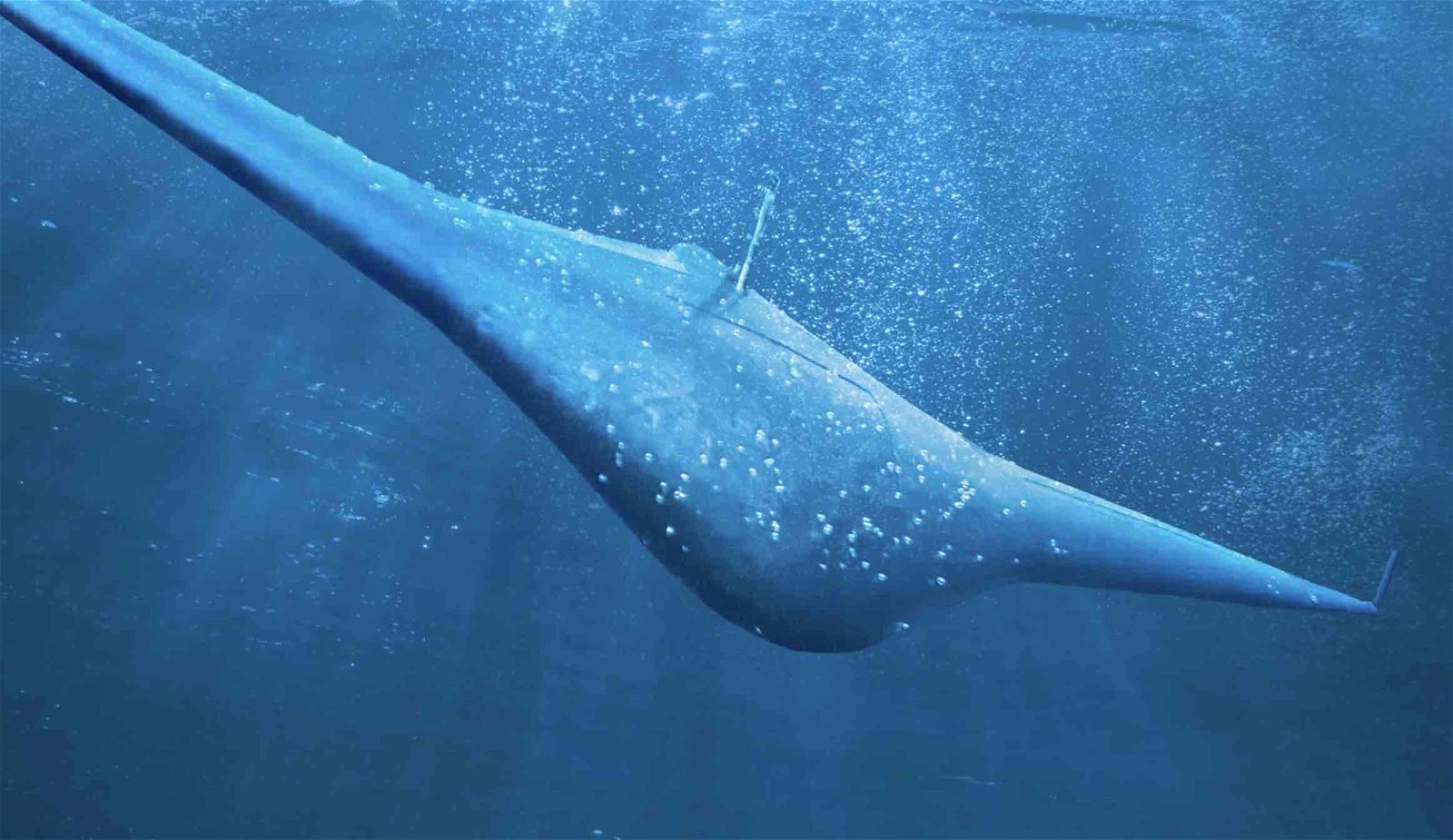The first full-size prototype of Manta Ray, an advanced uncrewed underwater vehicle (UUV) produced by the Defense Advanced Research Projects Agency (DARPA), has been revealed in new photos.
The images were released on Monday by Northrop Grumman, one of two prime contractors DARPA selected in late 2021 to produce unique full-scale demonstration vehicles for the program.
Manta Ray is an extra-large glider UUV designed to carry out long-range and long-duration missions in undersea environments while limiting the need for human logistics on-site. The next-generation UUV will demonstrate a range of technologies that will enable greater energy efficiency and propulsion capabilities, as well as increased payload capacity.
As its name suggests, the UUV draws inspiration from nature by mimicking the natural movement of mantas, a species of devil ray well known for the massive size they often grow to reach.
“We’re developing robust autonomy and vehicle control that will allow a UUV to adapt and operate independently for long periods of time supporting a wide range of missions,” Northrop Grumman says in a video showcasing the Manta Ray concept alongside its real-life ocean counterpart.


“Unmanned undersea vehicles (UUVs) that operate for extended durations without the need for human-present logistic support or maintenance offer the potential for persistent operations in forward environments, says Dr. Kyle Woerner, DARPA program manager for the Manta Ray project.
UUVs like Manta Ray will help facilitate greater freedom of operation for traditional sailing vessels, in addition to providing data that will help in the development of new ways that energy can be managed for future UUV operations, which includes undersea energy harvesting capabilities at various depths.


“If successful, this new class of UUV will give the combatant commander an amplification of capacity without disrupting current operations by remaining independent of manned vessels and ports once deployed,” Woerner says.
In the video animation below, Manta Ray’s ability to anchor itself on the seafloor and use its specialized technologies to harvest energy from the surrounding oceanic environment is demonstrated:
Along with helping advance innovations in new efficient propulsion systems for use in UUVs, Manta Ray will also demonstrate sensor capabilities with applications in navigation, obstacle avoidance, and the detection of various undersea threats.
Additional details about the program can be found on Northrop Grumman’s official Manta Ray page.
Micah Hanks is the Editor-in-Chief and Co-Founder of The Debrief. He can be reached by email at micah@thedebrief.org. Follow his work at micahhanks.com and on X: @MicahHanks.
